Public sector organisations are shaking things up, swapping the usual supplier list for a diverse, vibrant marketplace filled with fresh talent, bold ideas, and game-changing innovation. Sounds like a dream? Not at all! Buyers and businesses across the public and private sectors are waking up to the power of diversity in procurement—not just as a box-ticking exercise but as a fundamental strategy for success. And guess what? It doesn’t have to be a slow process.
That’s exactly what building a diverse supplier base in public procurement can do. Whether in central government or across the public and private sectors, expanding the pool of suppliers brings in new perspectives, boosts competition, and drives better value for money.
What Is The Importance Of A Diverse Supplier Base?
A diverse supplier base isn’t just a good thing to have. It helps contracting authorities and public bodies that are looking to drive innovation, value for money, and economic growth. With the ultimate responsibility to ensure fair and open competition, these organisations must go beyond the usual vendors and develop opportunities for SMEs, minority-owned businesses, and new people entering the market.
The good news? It doesn’t have to be a complicated process—it can happen once and very organically with the correct approach. By using guidance documents and best practices, public sector buyers can get into a wider pool of talent, foster resilience in supply chains, and deliver better outcomes for everyone.
The Benefits Of A Diverse Supplier Base
Growing your supplier base revolves around making smarter, more impactful decisions with public funds. A more comprehensive range of suppliers means better value, more innovation, and stronger competition. And the best part? It doesn’t have to be a complicated, red-tape-filled process. With the proper supporting documents, clear strategies, and a focus on meeting specific requirements, diversity in procurement can happen nicely. Here’s why it’s worth the effort:
Better Value for Money – More competition means suppliers bring their A-game, leading to cost-effective, high-quality solutions.
Innovation and Fresh Ideas – More suppliers can lead to unique approaches, better problem-solving, and creative solutions.
Economic Growth and Job Creation – Opening up opportunities for SMEs and diverse businesses helps drive local and national economies.
More Substantial and Resilient Supply Chains – Relying on a few large suppliers can be risky—diversity ensures flexibility and reliability.
Greater Compliance and Social Impact – Ensuring diverse participation aligns with legal requirements and promotes inclusivity in spending public funds.
More Straightforward Adaptation to Market Changes – A broad supplier network allows for faster responses to shifts in demand, regulations, or disruptions.
Improved Reputation and Public Trust – Demonstrating commitment to diversity and fairness boosts credibility and stakeholder confidence.
By aligning procurement strategies with these benefits and using the proper supporting documents, public bodies can meet specific requirements while making procurement smarter, fairer, and more impactful.
5 Major Challenges In Achieving Supplier Diversity
Achieving supplier diversity often sounds great. You can think of it as bringing in more innovation, better competition, and a stronger economy. But let’s be honest: it is not always smooth. Public bodies and businesses often hit roadblocks that can delay progress or make the process even more complex than it needs to be. So, what are the biggest challenges that might pop up? Let’s break them down.
Lack of Awareness and Engagement
Many organisations don’t even know how to start. If various suppliers aren’t aware of how to go about it, they’re not in the running for contracts. Without bold outreach and transparent communication, diverse businesses remain invisible and often miss out on opportunities.
Complicated Procurement Processes
Public procurement can feel like a mystery. Long paperwork, strict eligibility criteria, and bidding processes can discourage suppliers from even applying. If the process itself feels complex, you lose out on great talent before they even get started.
Perceived Risk of Working with New Suppliers
Some buyers hesitate to work with newer or smaller suppliers. This happens because of the fear that they won’t meet quality, compliance, or delivery standards. But here’s the thing—without giving them a suitable chance, how will they ever prove themselves? The key is balancing risk with opportunity.
Limited Access to Resources and Information
Diverse suppliers often struggle with limited access to training, funding, and networks that could help them compete. If they’re unaware of how to meet specific requirements, they’re already at a disadvantageous position.
Resistance to Change
Old habits die hard. Some organisations stick to their usual supplier lists simply because “that’s how it’s always been done.” Changing mindsets and challenging the status quo takes effort—but it’s the only way to create real, lasting supplier diversity.
Best Strategies For Increasing Supplier Diversity
If you want to open up opportunities for diverse suppliers, here’s what works:
Simple Bidding Process
If your bidding process feels complex, small businesses won’t even try. Ditch the 50-page proposals, simplify the requirements, and make it easy for diverse suppliers to throw their hats in the ring.
Focus On Outreach & Engagement
Diverse suppliers aren’t just going to knock on your door magically. Show up at industry events, partner with minority business groups, and actually engage with the communities you want to work with. A strong supplier network starts with showing up.
Offer Training, Mentorship & Financial Support
Throwing opportunities at new suppliers without support is like handing someone a race car with no gas. Offer mentorship, training, and even financial assistance so they can actually compete—and win.
Set Targets & Accountability Measures
Saying you “support supplier diversity” is cute, but where are the numbers? Set real targets, track your progress, and hold people accountable. If no one’s responsible, nothing changes.
Use Technology
Stop manually hunting for diverse suppliers like it’s 1999. Use sourcing tools, supplier databases and analytics to find, vet, and manage vendors faster and wiser.
The Takeaway
Building a diverse supplier base in public procurement isn’t about feel-good buzzwords—it’s about shaking up the status quo and making more innovative business moves. Do you want innovation? Better pricing? Stronger competition? Then stop fishing in the same pond. Make it easier for new, smaller and innovative suppliers to work with you, find them instead of waiting around, and actually invest in their success. And hey, set tangible goals—because if no one’s keeping score, nothing changes. The bottom line? A diverse supplier base isn’t just a nice idea; it’s how you build a procurement strategy that’s actually built for the future.

